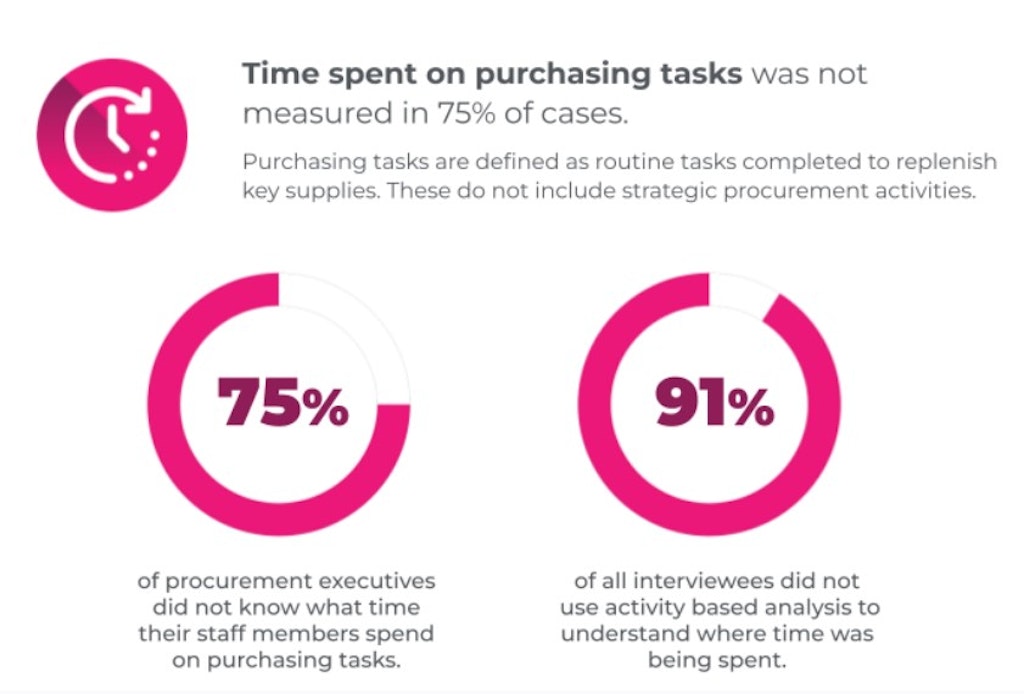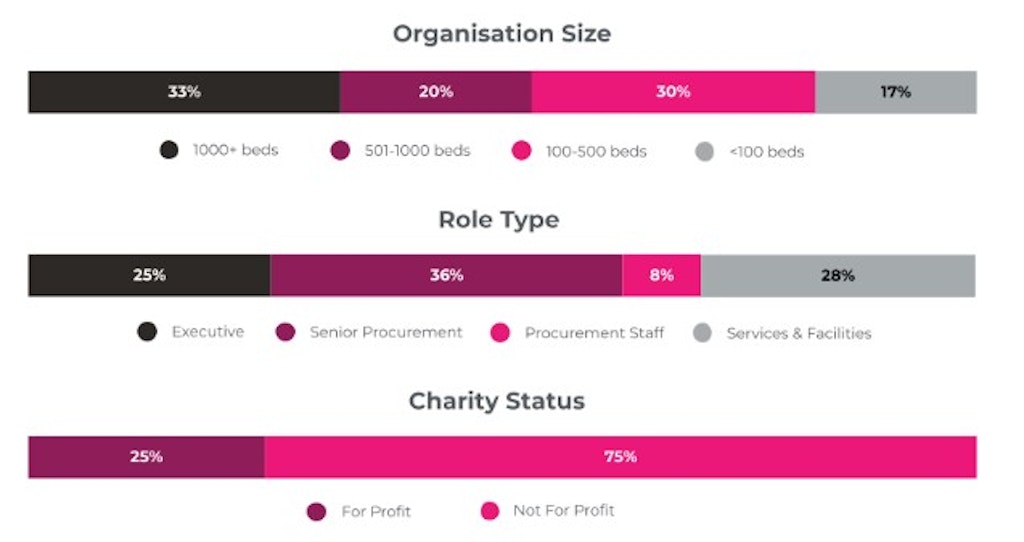Providers’ top three care minute constraints: industry analysis
Last updated on 14 June 2023

SPONSORED – On the 1st of October 2022, the new Australian National Aged Care Classification (AN-ACC) funding model was introduced, clarifying Australian Aged Care’s new directive:
Deliver care minutes to elderly residents.
The AN-ACC’s case mix categories carry a care minutes requirement which determines the funding allocated to that resident. This creates a clear link between facility funding and direct care, which wasn’t found in Aged Care’s previous ACFI model.
In late October, Veridia Australia embarked on a series of interviews with procurement leaders across a range of Aged Care facilities, to identify their top priorities and challenges in the current environment.
Veridia’s research found that any planned improvements to care time will be hampered by three major constraints:
- Labour and workforce availability, impacted by the volatile financial and social environment surrounding Australian Aged Care
- Outdated procurement systems and processes, with little knowledge or investment into time management
- Lack of resource leading to clinical and quality staff spending time on administrative tasks and paperwork.
“This research raises the question – can providers afford to continue spending clinical time on procurement? They are doing this anyway because they couldn’t afford to put someone dedicated on to do procurement,” aged care consultant and former ACSA CEO Paul Sadler said in a statement.
Top problem: the labour crisis
Veridia’s conversations with aged care executives highlighted time as one of the scarcest resources in the industry.
78% of interviewees included ‘labour and workforce availability’ in their top 3 concerns for 2023, saying labour shortages were driving the lack of care time delivered to residents.

Several contributors provided comments, on the basis of anonymity:
“Human Resources is difficult in [our Aged Care group], because there’s little focus on retention or employee satisfaction… so there’s a high turnover of care staff.”
“We’ve got almost no control over the labour situation – we’re even having difficulty sourcing contract staff from agencies.”
“We get less assistance than there should be from our head office, because even their staffing is run very lean.”
“Our back-of-house management doesn’t have time to set things right, plan or make improvements, because they’re out on the floor actually cleaning…”
“Staff are saying… ‘You know what? I can go and stack shelves at Woolworths for more money and less stress’, and so they’re doing it, leaving the industry entirely.”
Time costs hidden by outdated systems
The interviews also revealed that underinvestment into time management systems has made it difficult to identify and understand how time is being allocated.
75% of procurement executives did not know what time their staff members spend on purchasing tasks. These senior roles included both onsite management and group executives based in central head offices, from category managers to CEOs.

The few who tracked time estimated 3-6 hours spent on purchasing tasks per week on average, with one participant believing some staff would spend 25-30% of every day completing transactional purchasing tasks.
Reasons for the lack of time tracking ranged from a shortage of appropriate technology to an underappreciation of operational efficiencies and productivity.
Participants’ comments included:
“You just make time [for purchasing tasks] because you have to.”
“At the moment, most providers are in the midst of trying to transform to digital – our system is a bit antiquated. While we know what we’re paying, we’re not tracking time.”
“Each service does their own procurement, so the silos prevent [time usage] information from coming through.”
“Measuring the time [purchasing] takes would just add to the things we monitor, so we wouldn’t save any time and we’d just have more paperwork!”
“Better technology would make processes easier, and would reduce the time needed to do purchasing.”
Care time lost to paperwork
The most notable statistic from the research connected Aged Care’s labour crisis and the missing time data to the new AN-ACC requirements:
81% of respondents reported that clinical and quality staff engaged in routine purchasing tasks like stock takes, shelf stocking, submitting orders, and chasing up deliveries.

This means among the 36 Aged Care businesses that participated in Veridia’s research, 29 had direct care staff completing purchasing tasks. That’s clinical nurses, quality coordinators and other direct care staff spending precious time on administrative activities rather than caring for residents.
That misused time represents erosion of the now-mandatory 200 minutes of direct care per resident per day.
One senior procurement manager at a 1600-bed Aged Care group said:
“If we had tracking on labour usage, it probably wouldn’t reduce staff headcount… but the value would be in the time freed up for the residents. The government is currently focusing on face-to-face nursing and direct care time. So, all the time that is freed up and can be dedicated appropriately to direct care time would help.”
Aged Care needs a clear line of sight into time use, to support conversion of staff time spent on non-care activities into care minutes. Whether it’s spent in administration, procurement, cleaning or property maintenance, time should be scrutinised to see if tasks can be reallocated to increase direct care minutes.
Download Veridia’s research paper to learn more.
Veridia’s research was conducted with 36 Aged Care groups, comprising 29,000 residential beds. The audience statistics can be seen below:
